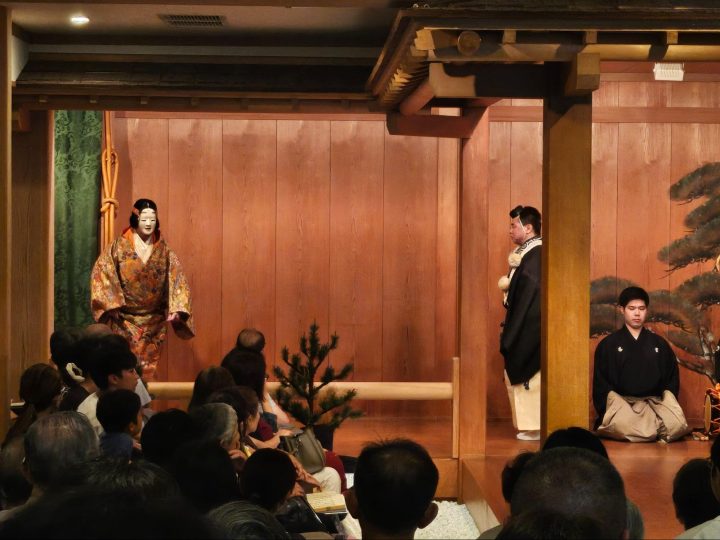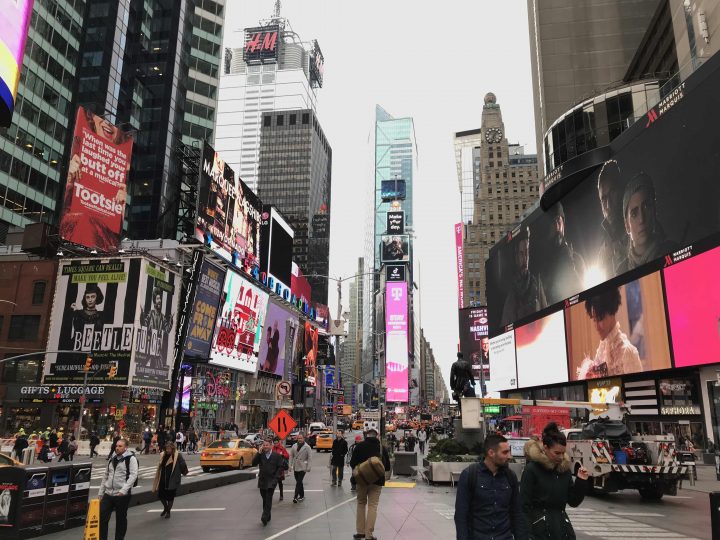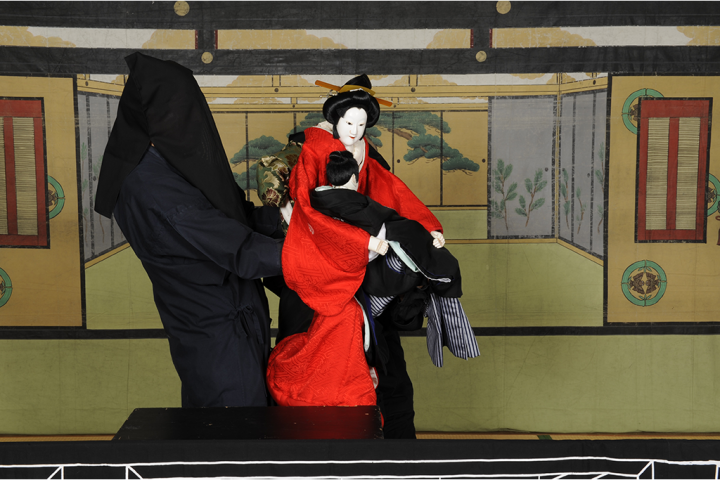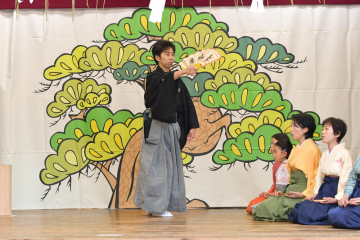[Special Contribution] Why not visit the fascinating Noh stage?

[Special Contribution]
Why not visit the fascinating Noh stage?
Kanta Nakamori (Noh actor/Kanze school shite actor, Director of the Kamakura Noh Stage Foundation, holder of the comprehensive certification of Important Intangible Cultural Property)
Noh is generally thought of as "difficult and boring," but during the Muromachi period it was enjoyed by common people who viewed it within the precincts of shrines and temples.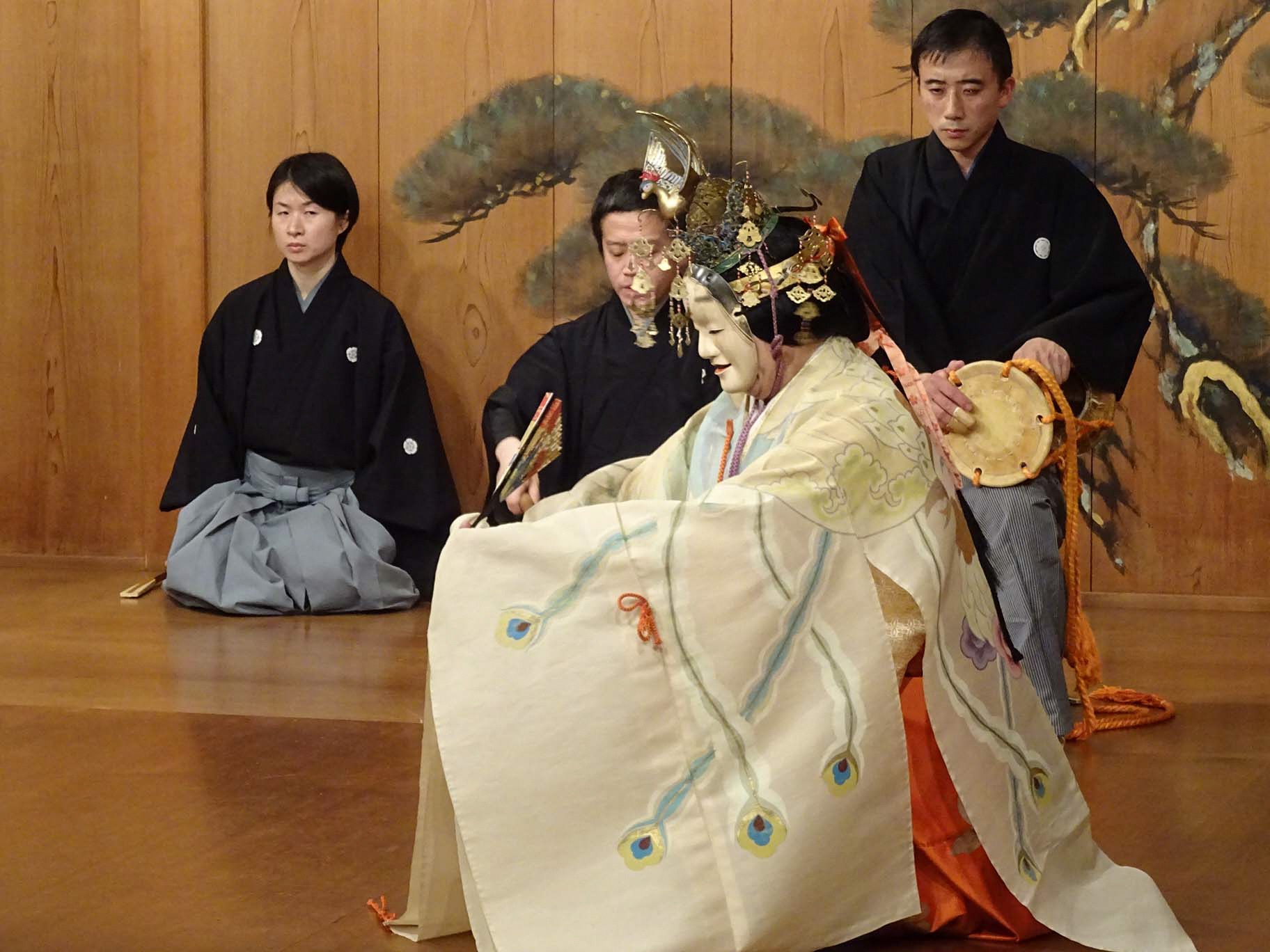
The Shogun of the time, Ashikaga Yoshimitsu, became a supporter, and it became a beloved performing art among the samurai, which resulted in it becoming distant from the common people.
As the Edo period came to an end and the Meiji era began, opportunities for the general public to see these plays increased, but the impression that they were difficult to understand for first-time viewers became established.
However, once you understand the plot and the meaning of the movements, Noh is a fascinating and entertaining form of theatre.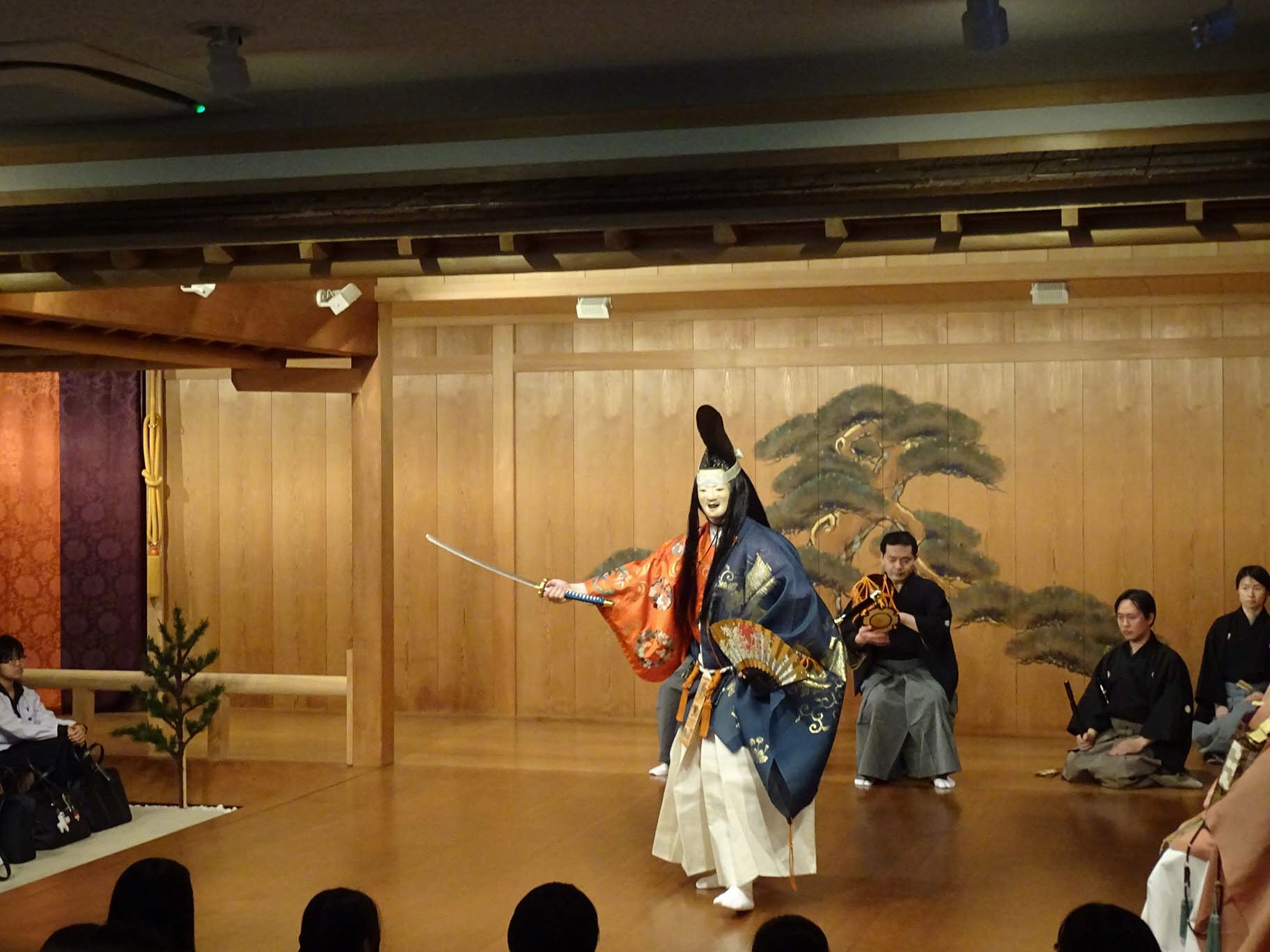
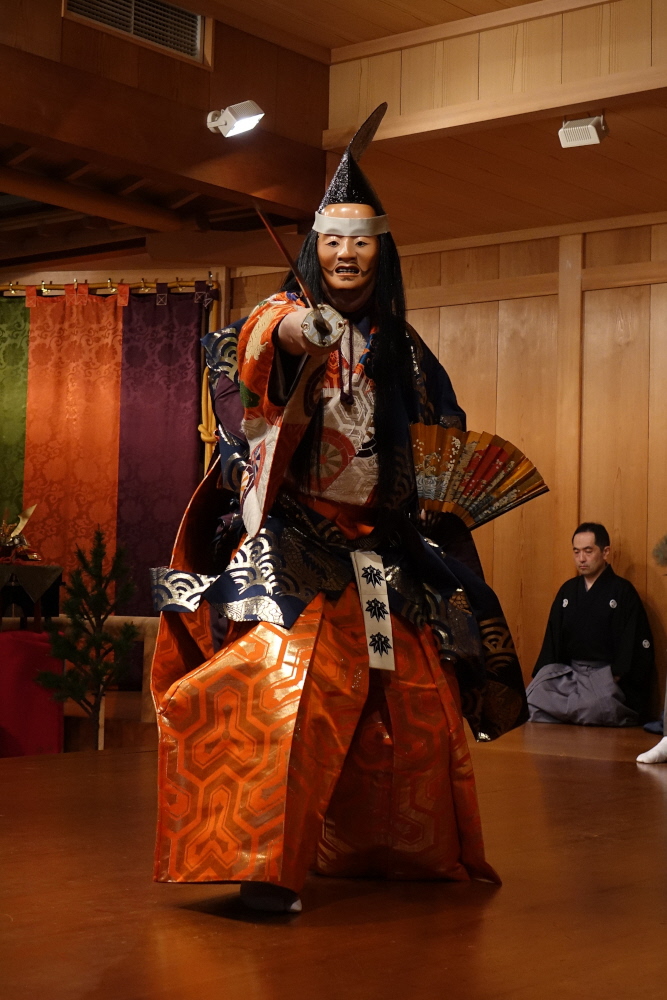
At the Kamakura Noh Stage, an explanation is given at the beginning so that even first-time viewers can enjoy the performance. During the performance, the lines, called "utai," are translated into easy-to-understand modern Japanese and subtitled in English. These are projected onto monitors set up in three locations within the theater, making for an approachable Noh performance.
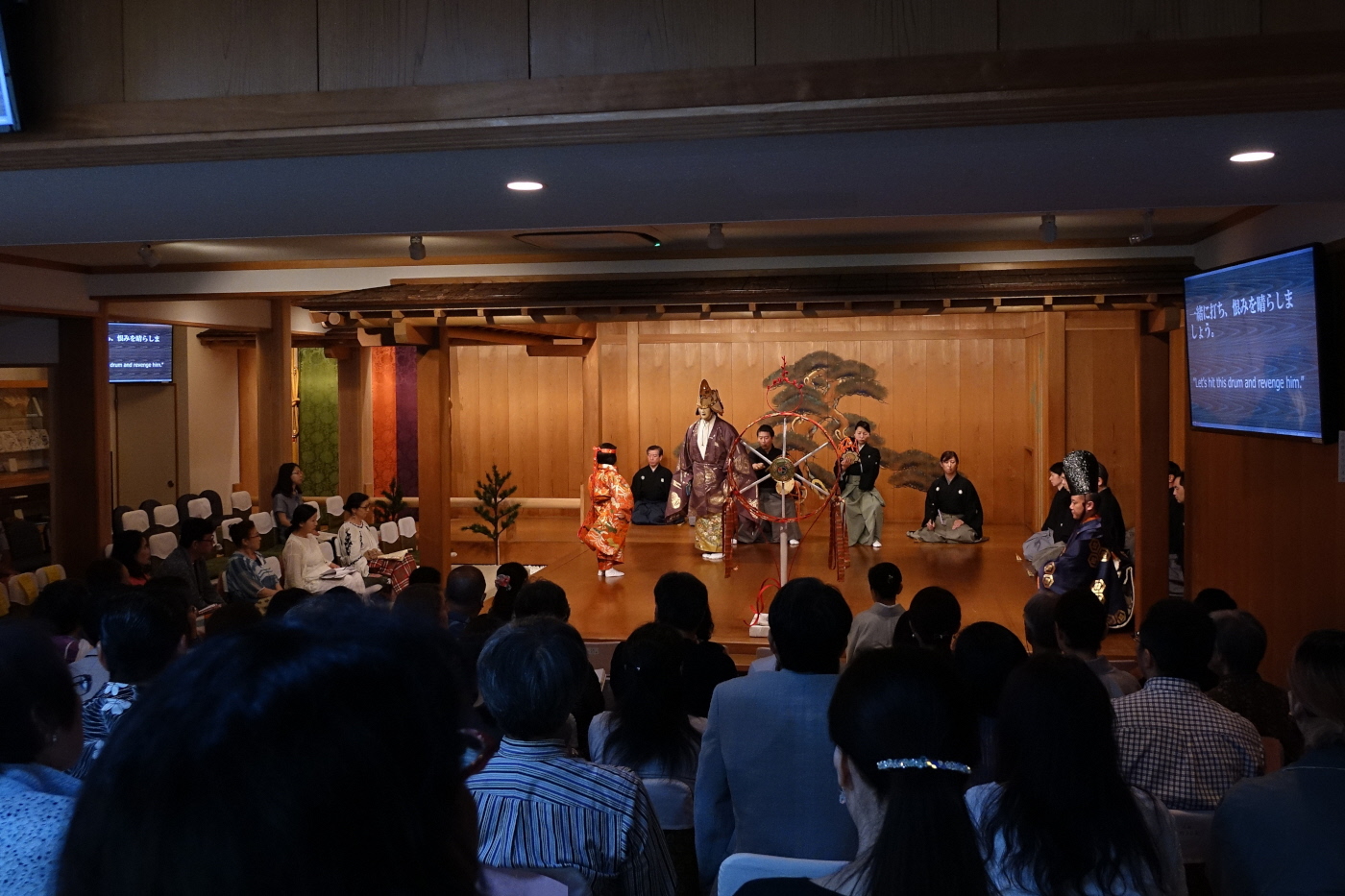
Noh is a classical Japanese performing art that allows you to feel the accumulation of 700 years of history and learn about the past, from the stage, script, Noh masks, costumes, instruments, direction, composition, form, voice production, and pronunciation. Please come and enjoy it at the "Noh Learning Society."
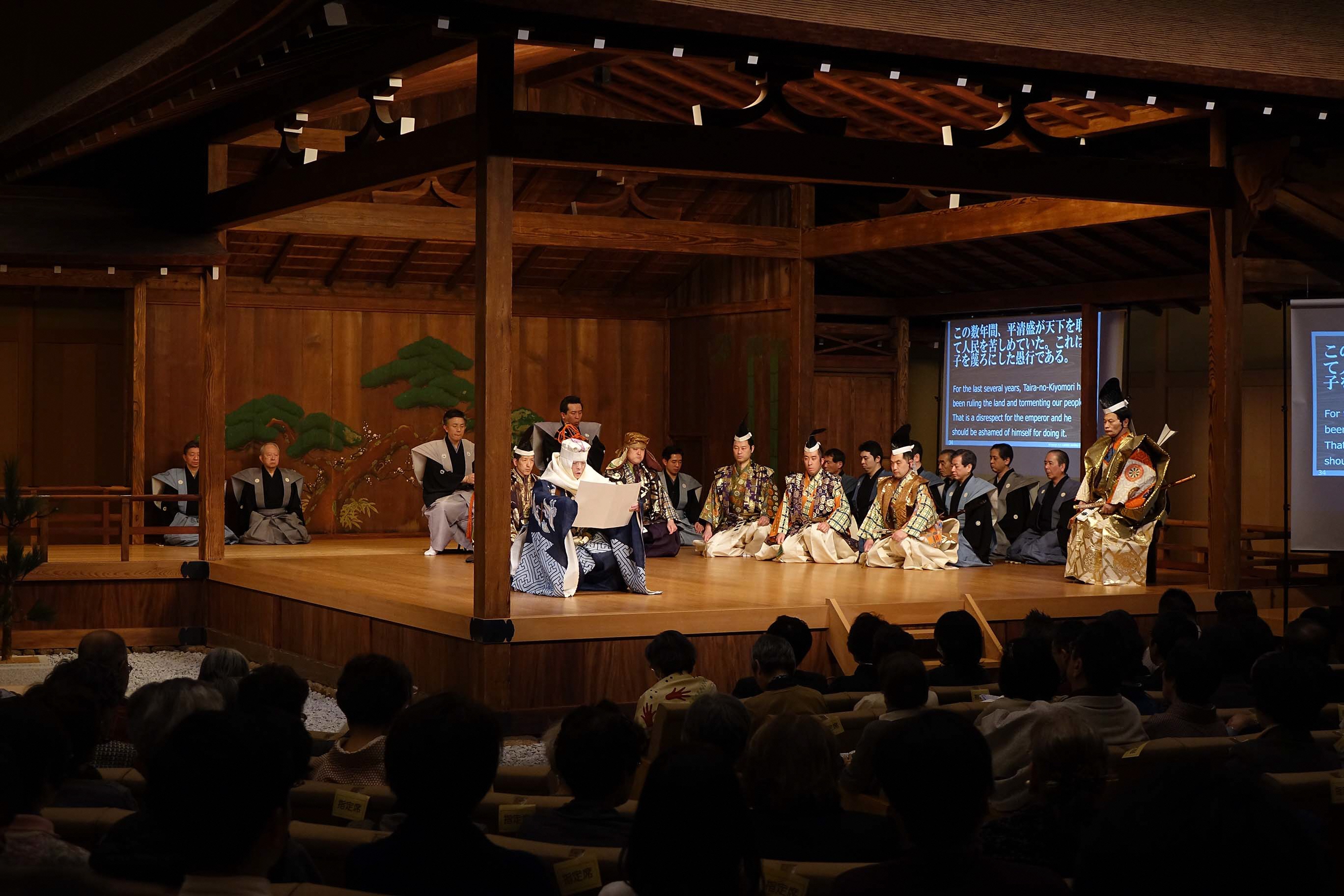
(Stage photo: Nakamori Kanta, photography: Komai Sosuke)
*Copying and unauthorized use prohibited
